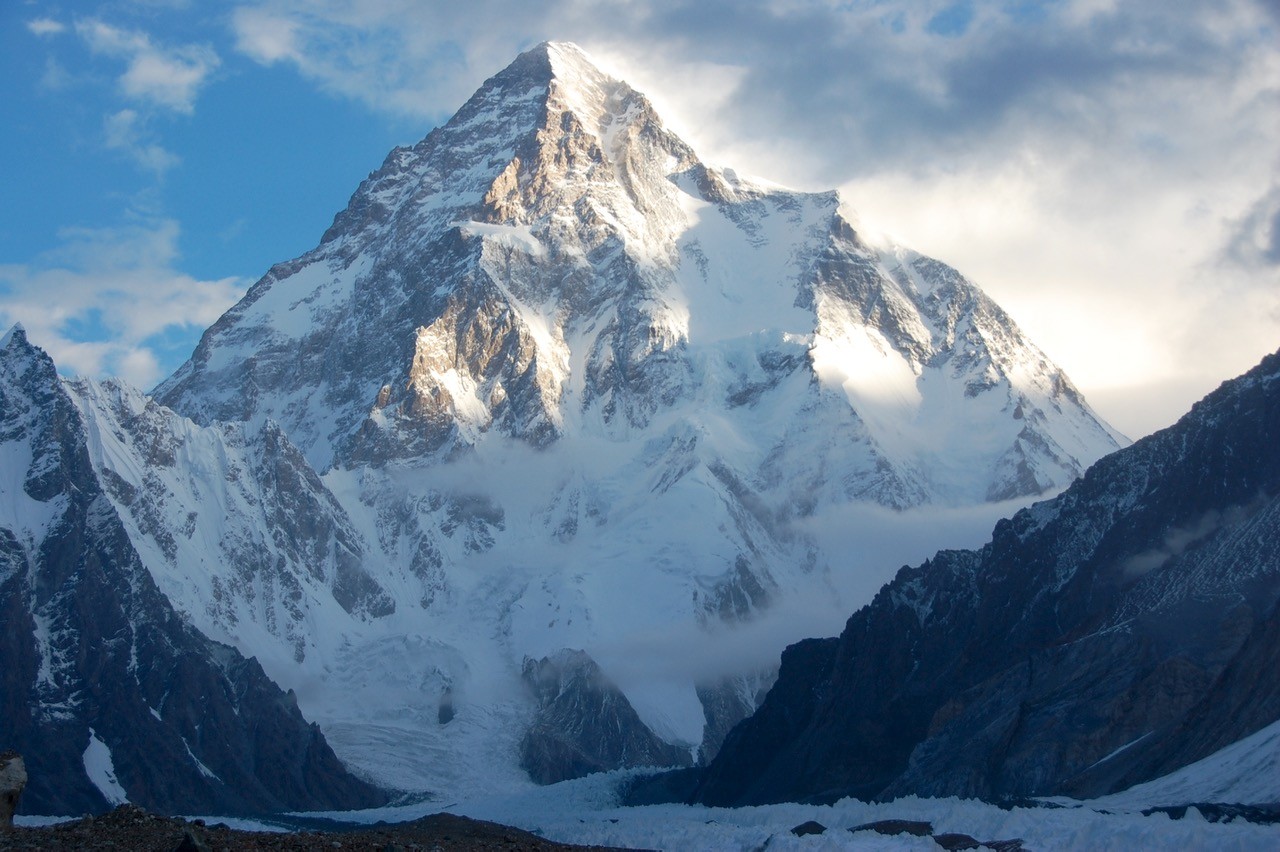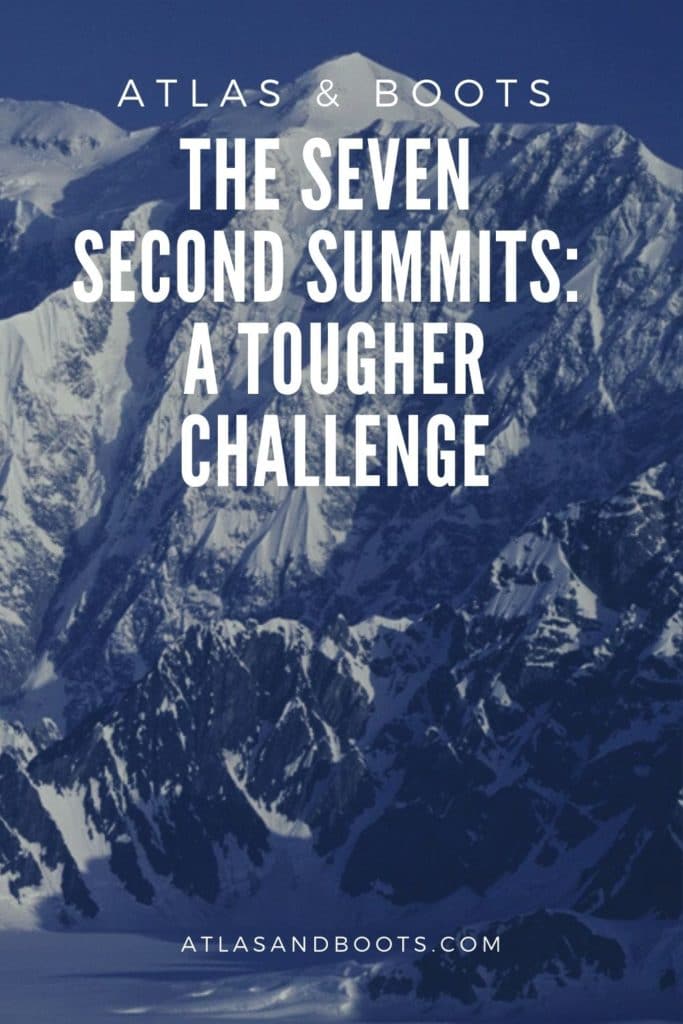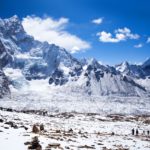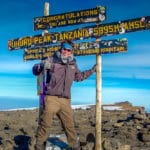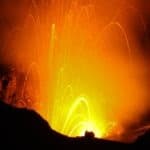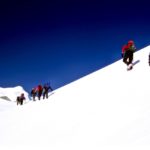The seven second summits are considered to be a much harder mountaineering challenge than the more popular seven summits
Previously, I’ve written about my dream of climbing the seven summits and laid out a realistic if not deeply challenging and expensive program of how to achieve that goal.
This week I look at the seven second summits; the second-highest mountains on each continent. The highest summits are a dream of mine, but I draw the line at the second-highest – they’re simply too scary for an amateur enthusiast like me!
Introducing the seven second summits
Alpinism author Jon Krakauer wrote in Into Thin Air (one of my favourite mountaineering books) that it would be a bigger challenge to climb the second-highest peak of each continent instead of the highest.
An obvious contributing factor is that these peaks are not as popular, so there is often less mountaineering infrastructure in place. But even discounting this factor, the seven second summits listed below are more daunting and challenging, often with higher fatality rates and lower success rates.
1. Puncak Mandala
Location: Oceania (Indonesia)
Elevation: 4,760m (15,617ft)
Range: Jayawijaya Range
Duration: 21-25 days
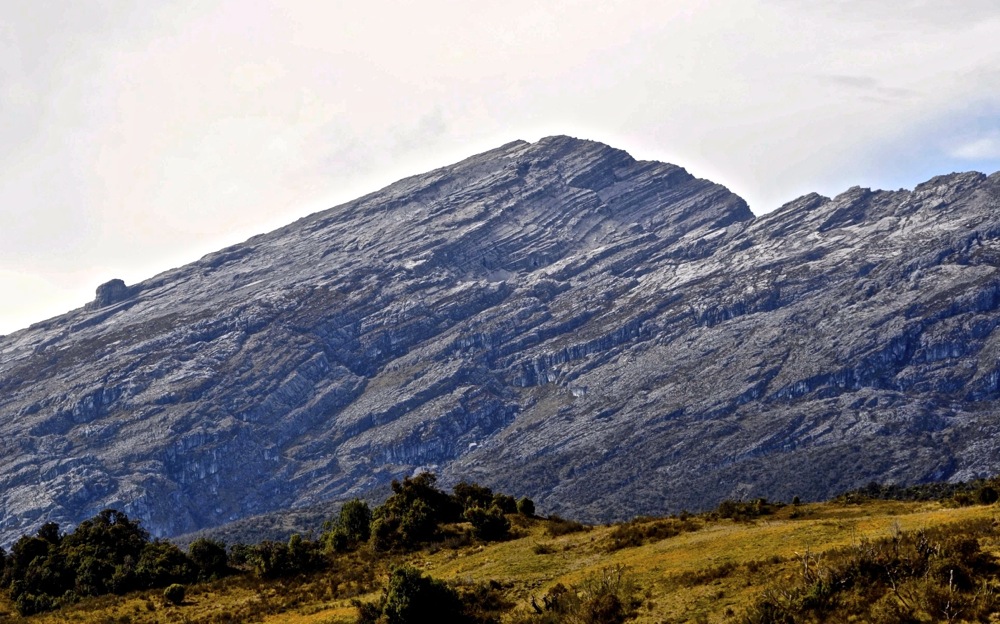
Puncak Mandala is about 120 meters lower than Oceania’s highest mountain Puncak Jaya and doesn’t look as dramatic that’s for sure. Jaya is a very technical mountain requiring advanced rock climbing skills.
However, Mandala has an extremely challenging approach route proven by the fact that to date there have only been two successful approaches and summits.
2. Mount Tyree
Location: Antarctica
Elevation: 4,852m (15,919ft)
Range: Sentinel Range
Duration: 20+ days
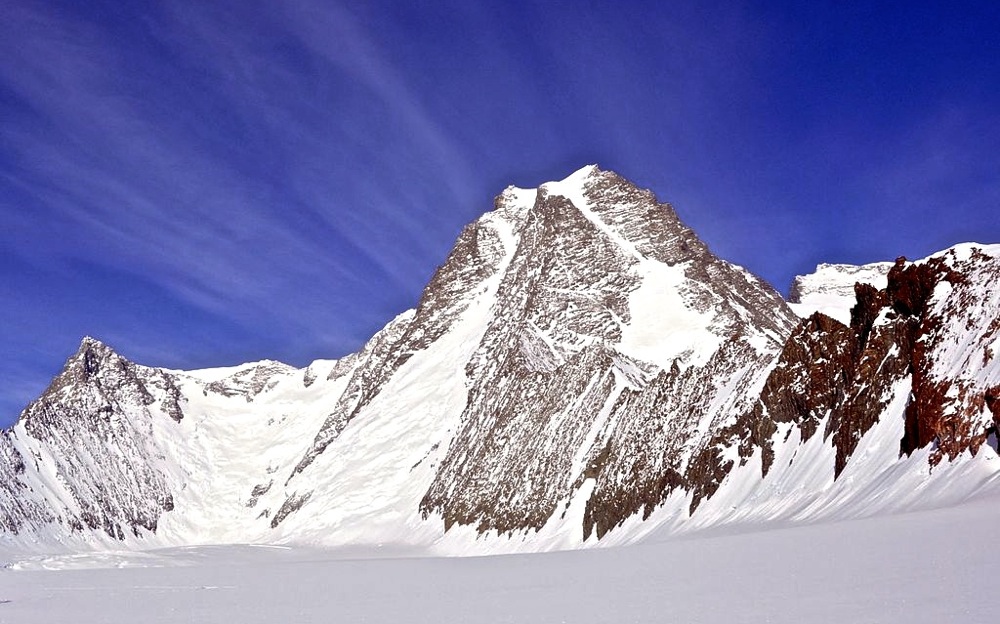
Mount Tyree requires technical climbing and has been summited by only 10 people since its discovery in 1958. It is classed as a technical climb while Vinson, the continent’s highest peak, presents little difficulty beyond the normal challenges of climbing in Antarctica. Tyree is just 40 meters lower than Vinson.
3. Mount Kenya
Location: Africa (Kenya)
Elevation: 5,199 m (17,057ft)
Range: none – freestanding
Duration: 5-7 days
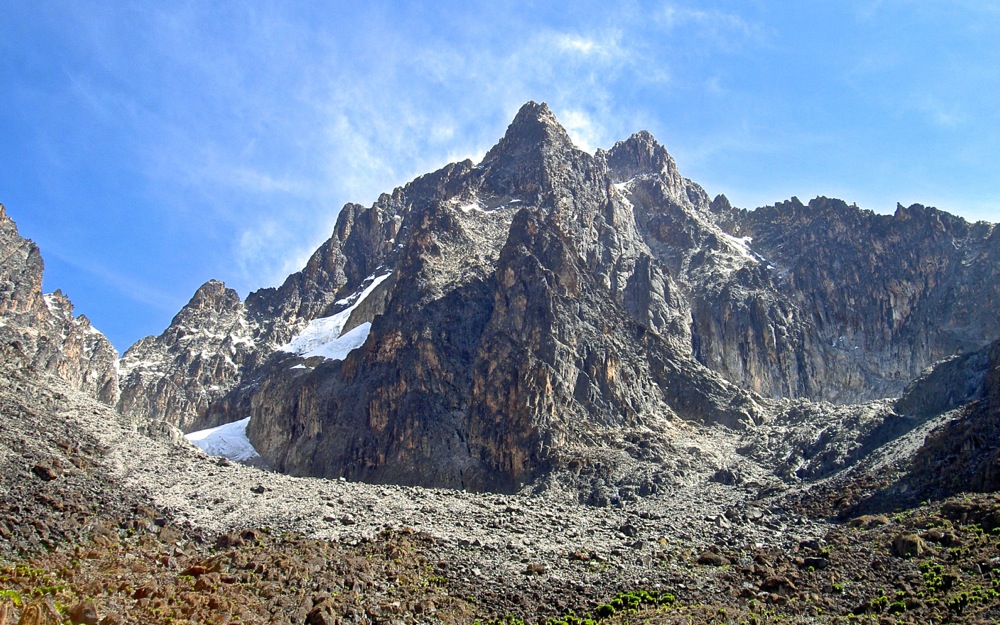
In Africa, the summit of Mount Kenya (5,199m) is much more of a rock climb, particularly near the mountain’s summit, while Mount Kilimanjaro (5,895m) can be ascended without any technical difficulty.
Around 50 mountaineers summit Mount Kenya’s highest peak every year compared with the 14,000 or more who top out on Kilimanjaro’s.
4. Dykh-Tau
Location: Europe (Russia)
Elevation: 5,205m (17,077ft)
Range: Caucasus Mountains
Duration: 7-9 days
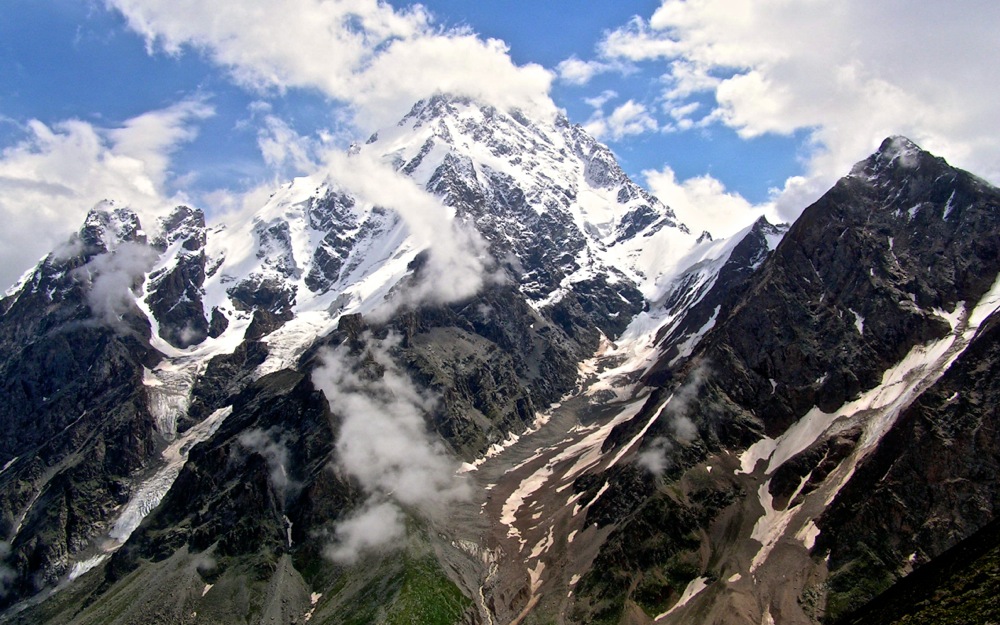
The standard route on Elbrus is long and physically draining, but it’s not technically difficult. Dych-Tau, however, has no easy routes. Its easiest is graded as a Russian alpine 4B, which involves steep and rocky segments and 55-degree snow and ice slopes.
Despite being 200 meters lower than Elbrus, it’s no walk in the (Caucasus) park that’s for sure.
5. Mount Logan
Location: North America (Canada)
Elevation: 5,959 m (19,551 ft)
Range: Saint Elias
Duration: 10-15 days
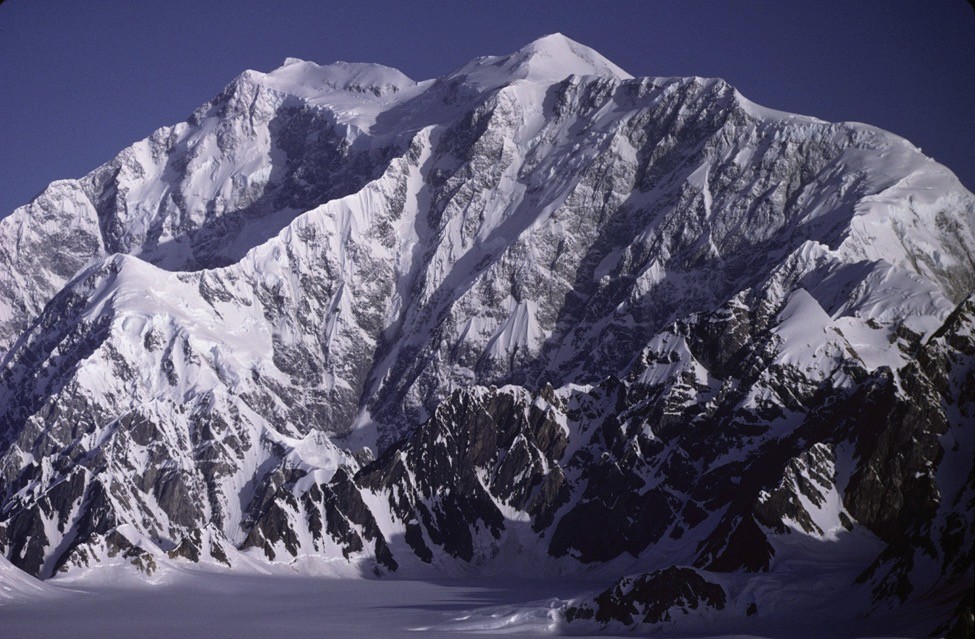
Logan is at the very least on par with Denali despite it being over 200 meters lower than North America‘s highest mountain. Areas of Logan are more technically difficult but Denali does have a savagely long and cold march in.
Due to active tectonic uplifting, Mount Logan is still rising in height so maybe in a couple of decades it will actually be North America’s highest mountain.
6. Ojos del Salado
Location: South America (Argentina/Chile)
Elevation: 6,893m (22,615ft)
Range: Andes
Duration: 19-22 days
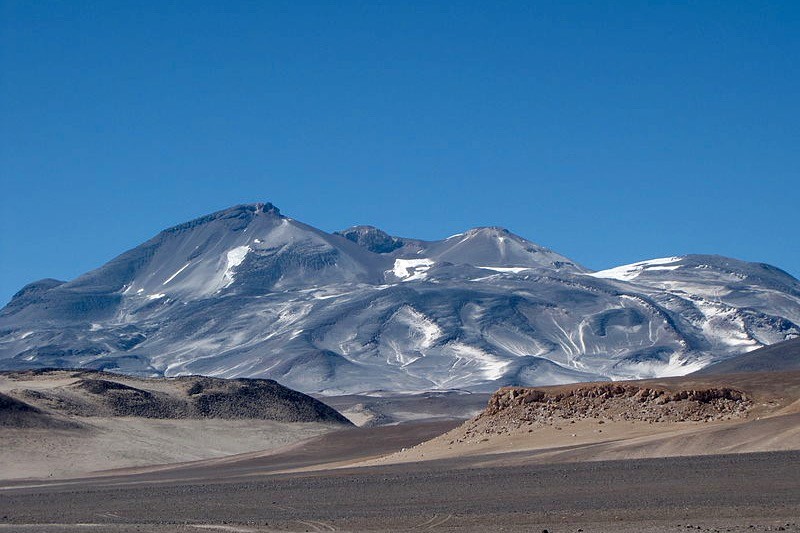
At 6,961m Aconcagua is a very tall mountain. However, it is non-technical and often referred to as the “highest trekking peak in the world”. Ojos del Salado is only about 70 meters lower and involves a short scramble in places, so is likely the tougher mountain. At that altitude, a short scramble can make all the difference.
7. K2
Location: Asia (Pakistan/China)
Elevation: 8,611m (28,251ft)
Range: Karakoram
Duration: 50-70 days
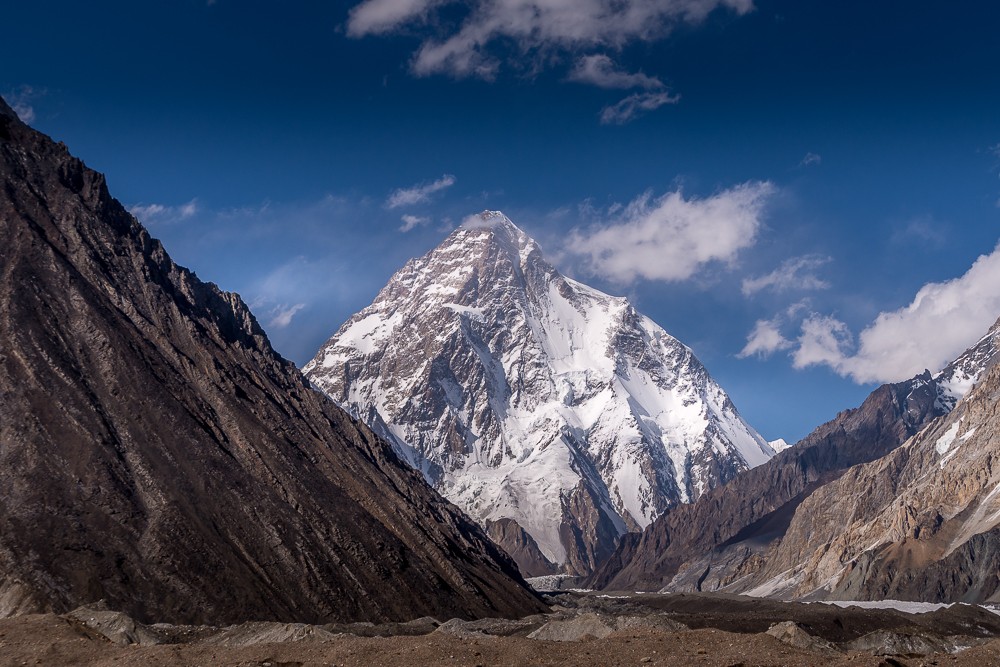
This mountain needs no introduction. K2 is known as the Savage Mountain due to the extremely difficult ascent and the second-highest fatality rate among the eight-thousanders.
Unlike Annapurna, the mountain with the highest fatality rate, K2 has never been climbed during the wintertime. Unpredictable avalanches mean that one in four summiteers die on the slopes of this treacherous mountain.
The mountain demands greater technical climbing skills than Everest and all of the dangers that come with climbing over 8,000 meters remain. They don’t call it the “death zone” for nothing.
Climbing the seven second summits
To this date, only one man has climbed all of the mountains above: Austrian mountaineer Christian Stangl who incidentally has also climbed the seven third summits as well, meaning he has climbed the first, second and third highest mountain on every continent, known as the triple seven summits. Epic.
Note: This list is based on the Messner or Carstensz Seven Summits list, assuming that the highest point in Oceania is the Carstensz Pyramid in Indonesia and not Mount Kosciuszko in Australia.
Enjoyed this post? pin it for later…
Mountaineer Hans Kammerlander has written an account of his controversial attempts at climbing the Seven Second Summits.
